Description
Suitable for a one- or two-semester undergraduate-level electrical engineering, computer engineering, and computer science course in Discrete Systems and Digital Signal Processing. Assumes some prior knowledge of advanced calculus, linear systems for continuous-time signals, and Fourier series and transforms. Giving students a sound balance of theory and practical application, this no-nonsense text presents the fundamental concepts and techniques of modern digital signal processing with related algorithms and applications.
Covering both time-domain and frequency- domain methods for the analysis of linear, discrete-time systems, the book offers cutting-edge coverage on such topics as sampling, digital filter design, filter realizations, deconvolution, interpolation, decimation, state-space methods, spectrum analysis, and more. Rigorous and challenging, it further prepares students with numerous examples, exercises, and experiments emphasizing software implementation of digital signal processing algorithms integrated throughout.
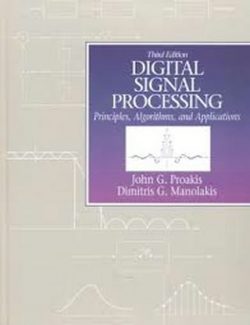
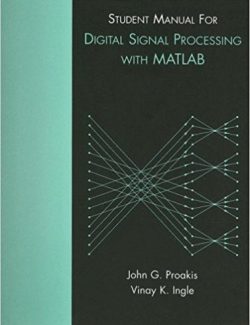

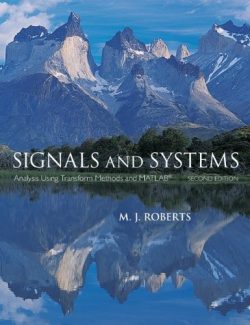

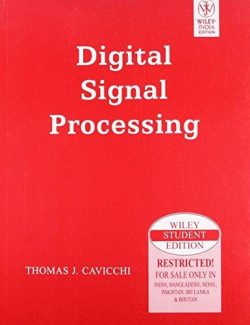
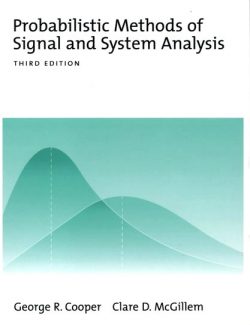

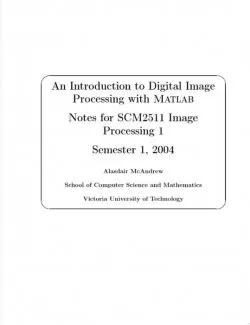
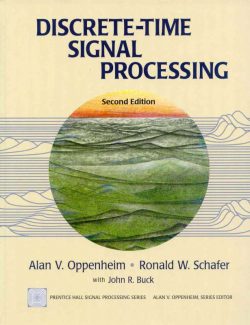
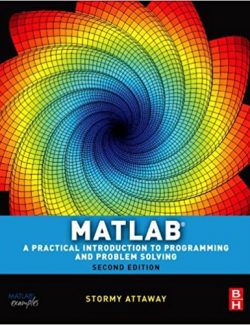
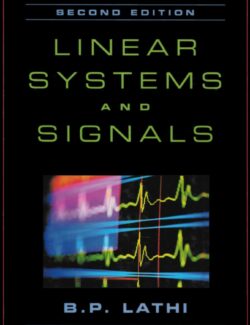

Leave us a comment
No Comments